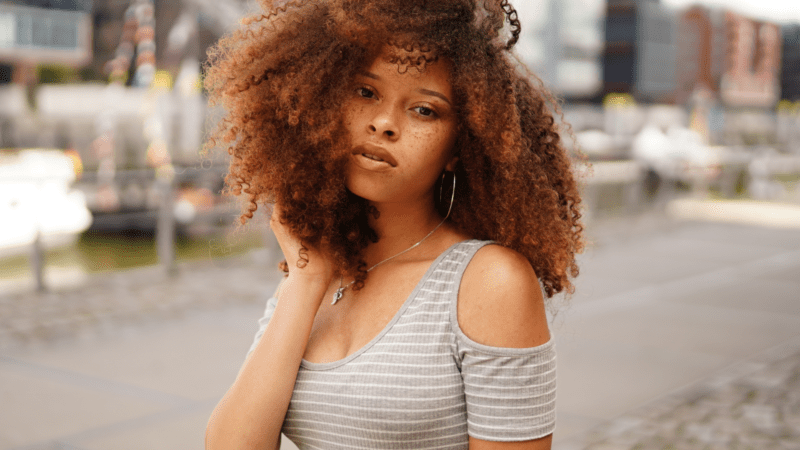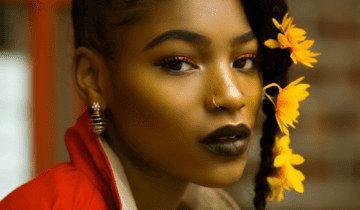As woman, we know firsthand how important our hair is to our overall appearance and self-esteem. There are times when extra help is needed to achieve a desired look. That’s where hair extensions come in. Whether you want length, volume, or a new texture, there are many options. However, it can be overwhelming trying to understand the differences between various hair types and textures. In this guide, I’ll break down the different types of hair extensions, focusing on Remy, non-Remy, and virgin hair.
First, let’s start with Remy hair extensions. The cuticles on Remy hair extensions all face the same direction and are the highest quality of human hair extensions. This means the hair is less likely to tangle and last longer than non-Remy hair. Additionally, Remy hair looks more natural since all the strands flow in the same direction and will not tangle due to the health of strands. Remy hair is often sourced from India and is available in various textures, including straight, wavy, and curly.
Non-Remy hair, on the other hand, is made up of hair collected from various sources such as: cut from different donors or leftover hair found on the floor of salons and factories (EWE). Some companies will wash and coat the hair with types of sealants to give off a healthy shine to trick consumers. Another common type of non-Remy hair is synthetic hair, made from plastic fibers designed to look like human hair. Synthetic hair is often cheaper than a human hair but can’t be styled with heat and doesn’t last as long.
Virgin hair extensions are hair collected from young girls that have not been chemically processed or colored. Virgin hair is typically the highest quality hair and is the most expensive. However, virgin hair is less likely to tangle because the cuticles are still intact and facing the same direction. Virgin hair is the best when styling because the hair strands are not altered and takes coloring well. Virgin hair is sourced from temples in Asia and India countries with a high demand for hair extensions.
Regarding textures, hair extensions can range from bone straight to tightly coiled. Straight hair extensions are the easiest to maintain but can tangle if not cared for properly. Wavy and curly hair extensions are more high maintenance, requiring regular styling and product use to prevent frizz and tangling. However, textured hair extensions can add volume and fullness to natural hair and help blend different textures seamlessly.
Hair extensions are the perfect solution to changing your look and boosting your confidence. But choosing the right type of extensions and texture can be overwhelming. Remy hair extensions are the highest quality because the cuticles face the same direction. In contrast, non-Remy hair may require more maintenance. Virgin hair is the most expensive but can be styled and colored like natural hair. When it comes to texture, straight hair is the easiest to maintain, while curly and wavy hair requires more upkeep. Whatever type of hair extensions you choose, care for them properly to keep them looking their best.





 No products in the cart.
No products in the cart.